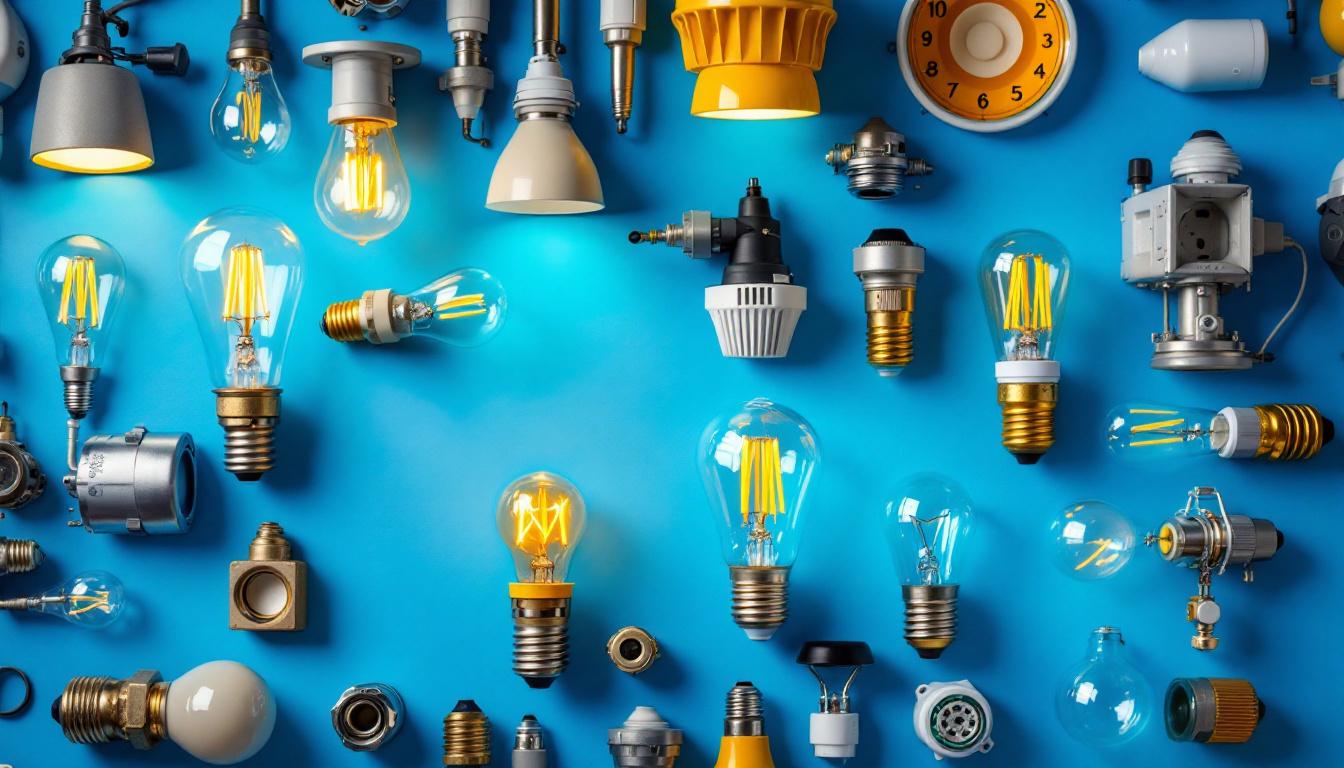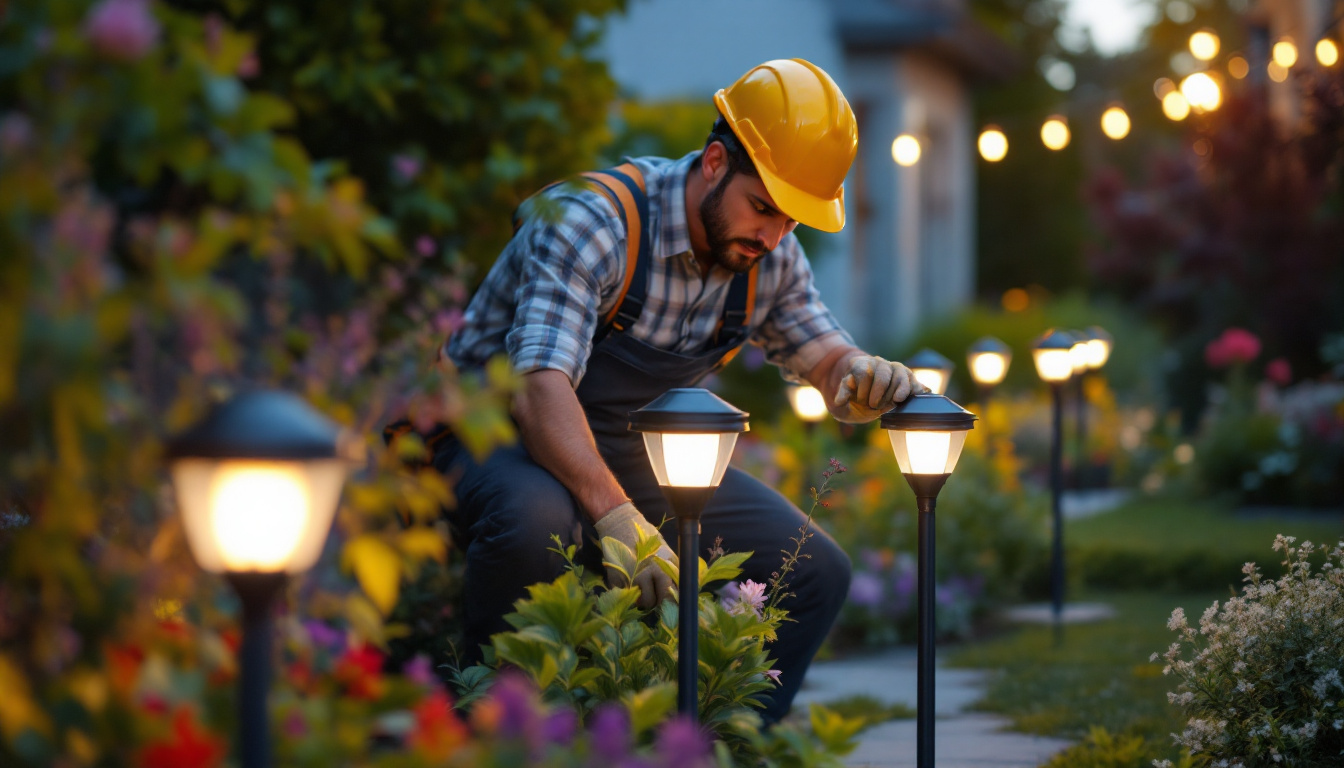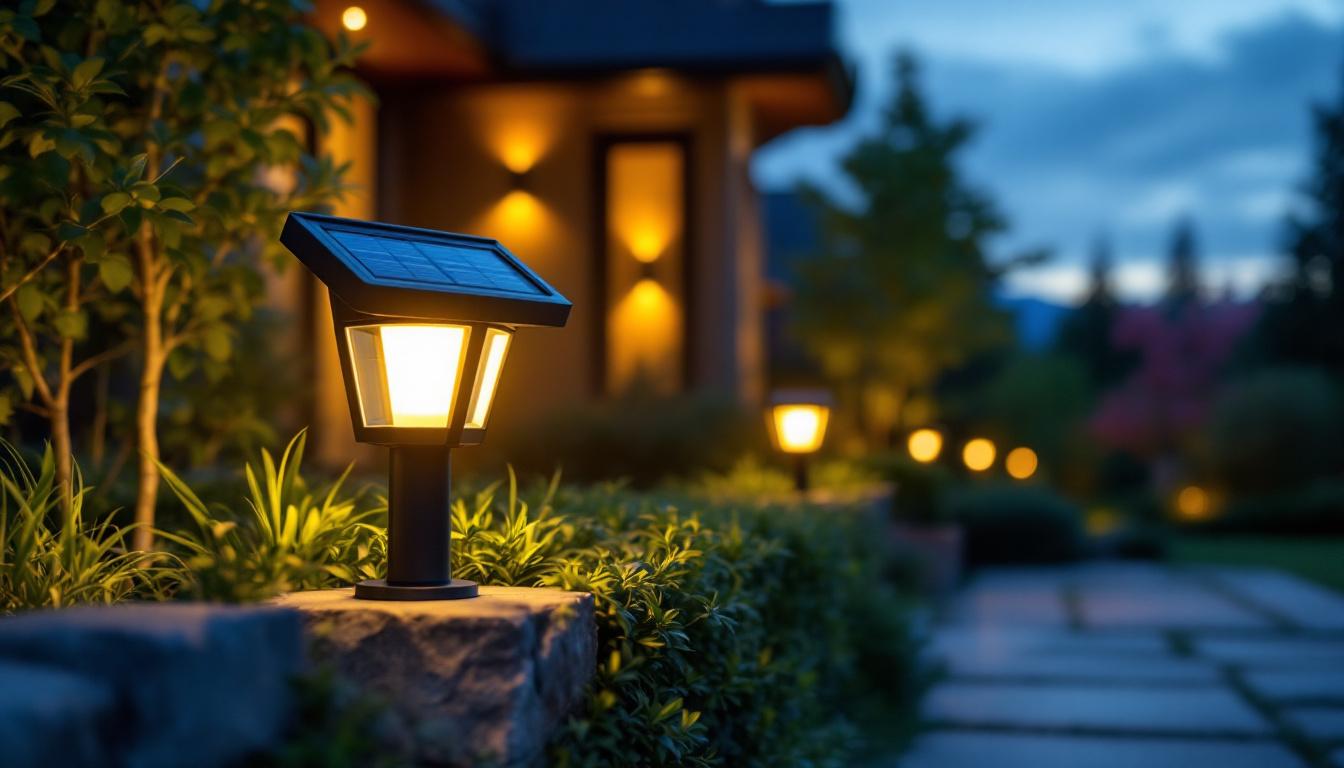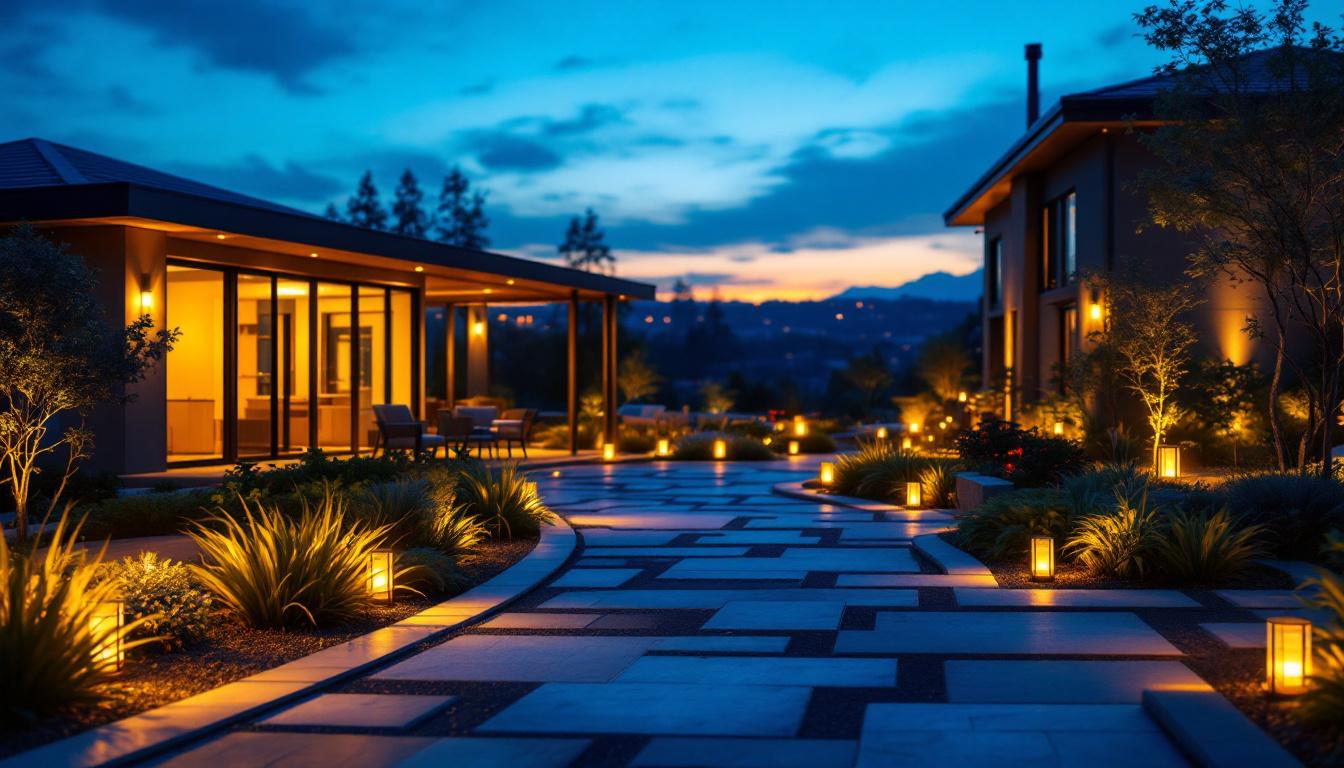
Lighting plays a crucial role in creating ambiance, enhancing aesthetics, and ensuring functionality in both residential and commercial spaces. For lighting contractors, understanding the various types of light bulb fittings is essential for providing clients with the best options available. This article delves into the different types of light bulb fittings, their applications, and the resources available for mastering these components.
Light bulb fittings, also known as lamp sockets or bases, are the components that connect light bulbs to the electrical supply. They come in various shapes and sizes, designed to accommodate different types of bulbs. Mastering these fittings is vital for contractors aiming to deliver effective lighting solutions. Understanding the intricacies of these fittings not only enhances the functionality of lighting installations but also ensures safety and compliance with electrical standards.
Each fitting type has its unique characteristics, influencing how light is emitted, the bulb’s compatibility with fixtures, and even energy efficiency. By understanding these differences, contractors can better advise their clients on the most suitable options for their specific needs. Additionally, the choice of fitting can affect the overall aesthetic of a space, as certain designs complement specific decor styles, making it essential to consider both form and function in lighting design.
There are several common types of light bulb fittings, each serving distinct purposes. The most frequently encountered fittings include:
In addition to common fittings, there are specialized types designed for specific applications. These include:
Understanding the specifications and applications of these specialized fittings can empower contractors to make informed decisions when designing lighting systems. For instance, the choice between a GU base and an R7s base can significantly impact the ambiance and functionality of a room, especially in commercial settings where lighting plays a crucial role in customer experience. Moreover, as energy-efficient lighting solutions become increasingly popular, the compatibility of fittings with LED technology is an essential consideration for modern installations.
Selecting the appropriate light bulb fitting is crucial for achieving optimal lighting results. The choice depends on various factors, including the type of fixture, the desired light output, and the energy efficiency requirements.
Contractors must consider the fixture’s design and the intended use of the space. For example, recessed lighting may require a different fitting than pendant lighting. Additionally, energy efficiency is becoming increasingly important, with many clients opting for LED options that may have specific fitting requirements.
Before selecting a light bulb fitting, it is essential to assess the compatibility with existing fixtures. This involves checking the socket type and size to ensure a proper fit. Mismatched fittings can lead to performance issues or even safety hazards.
Contractors should also consider the wattage and voltage ratings of both the bulb and the fixture. Using a bulb with a higher wattage than the fixture can cause overheating and potential damage. Understanding these specifications is vital for ensuring safe and effective lighting solutions.
Energy efficiency is a significant factor in modern lighting design. Many clients are looking to reduce energy consumption and lower utility bills, making it essential for contractors to recommend energy-efficient bulb options.
LED bulbs, for example, are available in various fittings and offer significant energy savings compared to traditional incandescent bulbs. When advising clients, contractors should highlight the long-term cost benefits of investing in energy-efficient lighting solutions.
Staying updated on the latest trends and technologies in lighting is crucial for contractors. Numerous resources are available to help professionals master light bulb fittings and improve their service offerings.
Joining industry associations can provide contractors with access to valuable resources, training, and networking opportunities. Organizations such as the Illuminating Engineering Society (IES) and the National Electrical Contractors Association (NECA) offer educational programs, certifications, and industry standards that can enhance a contractor’s expertise.
These associations often host events, webinars, and conferences where contractors can learn about the latest advancements in lighting technology and regulations. Networking with peers can also lead to valuable insights and best practices in the field.
Online learning platforms have become increasingly popular for professionals seeking to expand their knowledge. Websites like Coursera, Udemy, and LinkedIn Learning offer courses on lighting design, electrical principles, and energy efficiency.
These courses provide flexibility, allowing contractors to learn at their own pace while gaining insights from industry experts. Many platforms also offer certifications that can enhance a contractor’s credentials and marketability.
Many light bulb manufacturers provide extensive resources for contractors, including product catalogs, installation guides, and technical support. Familiarizing oneself with these resources can help contractors stay informed about the latest products and innovations in the market.
Manufacturers often host training sessions and webinars to educate contractors about their products, helping them understand the specific applications and benefits of different fittings. Utilizing these resources can enhance a contractor’s ability to recommend the best solutions to their clients.
The lighting industry is continually evolving, with new technologies and trends emerging regularly. As a contractor, staying ahead of these trends is essential for maintaining a competitive edge and meeting client demands.
Smart lighting is becoming increasingly popular, allowing users to control their lighting through mobile apps and voice commands. This trend is influencing the design of light bulb fittings, with many manufacturers developing smart bulbs that integrate seamlessly with existing fixtures.
Contractors should familiarize themselves with smart lighting options and the specific fittings required for installation. Understanding how to integrate smart technology into traditional lighting systems can provide clients with enhanced convenience and energy savings.
Sustainability is a growing concern in the lighting industry, with many clients seeking eco-friendly solutions. This trend is driving the development of energy-efficient bulbs and fittings that reduce environmental impact.
Contractors should stay informed about sustainable practices and products, as clients may increasingly prioritize eco-friendly options. Understanding the benefits of LED technology and other sustainable solutions can position contractors as knowledgeable professionals in the field.
LED technology continues to advance, offering improved performance and versatility. New developments in LED fittings allow for greater customization and adaptability in lighting design.
Contractors should keep abreast of these advancements, as they can significantly enhance the quality of lighting solutions offered to clients. Understanding the latest LED options and their compatibility with various fittings can lead to more innovative and effective lighting designs.
Mastering the various types of light bulb fittings is essential for lighting contractors aiming to provide exceptional service and solutions. By understanding the characteristics of different fittings, assessing fixture compatibility, and staying informed about industry trends, contractors can enhance their expertise and better serve their clients.
Utilizing available resources, such as industry associations, online learning platforms, and manufacturer support, can further empower contractors in their professional development. As the lighting industry continues to evolve, embracing new technologies and sustainable practices will be crucial for staying competitive and meeting the demands of modern clients.
In conclusion, the journey to mastering light bulb fittings is ongoing, but with the right knowledge and resources, lighting contractors can illuminate their path to success.
Ready to elevate your lighting projects with the best fittings and fixtures in the industry? Look no further than LumenWholesale, where we provide contractors with high-quality, specification-grade lighting products at unbeatable wholesale prices. Our extensive selection not only meets but exceeds industry standards, ensuring that every installation shines with reliability and performance. With the convenience of bulk buying and the benefit of free shipping, you can trust LumenWholesale to supply premium lighting solutions at the best value. Don’t let middleman markups dim your project’s potential. Visit Wholesale Lighting at the Best Value and discover the perfect blend of quality, affordability, and convenience today.

Discover expert tips and strategies for lighting contractors to enhance outdoor spaces with top solar lights.

Discover the essentials of installing flashing under cabinet lights with our comprehensive guide tailored for lighting contractors.

Discover how black solar lights impact lighting contractors’ bottom line, offering cost savings, eco-friendly benefits, and increased customer appeal.

Discover how solar power flood lights are transforming modern lighting solutions with eco-friendly technology, cost efficiency, and enhanced outdoor security.